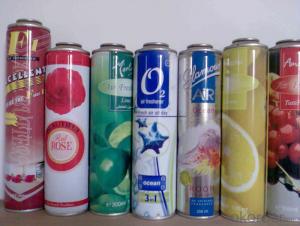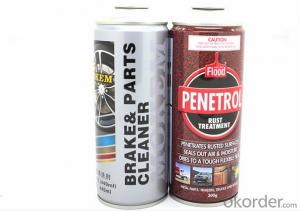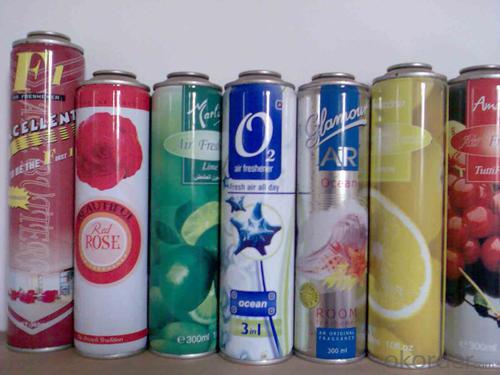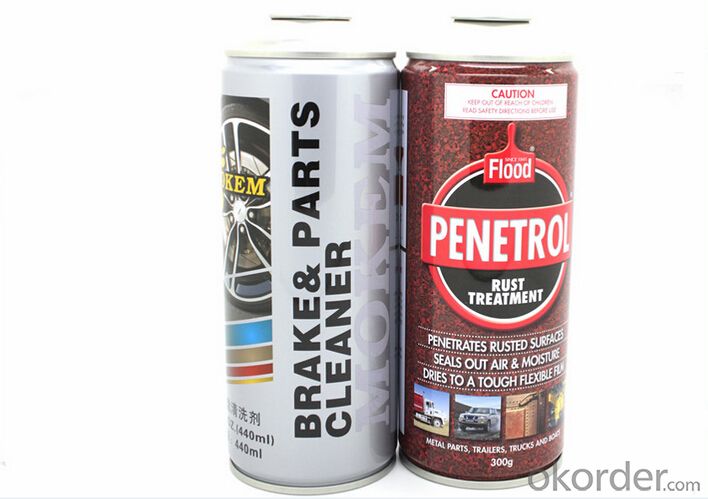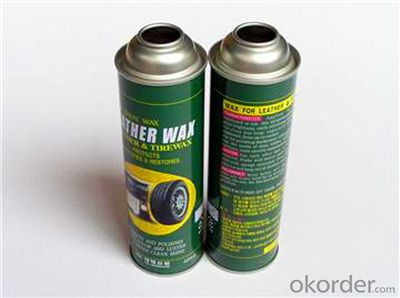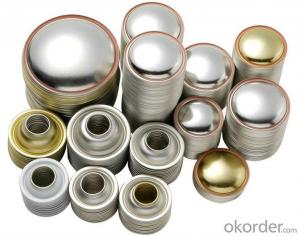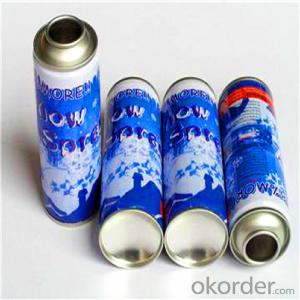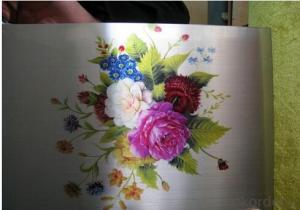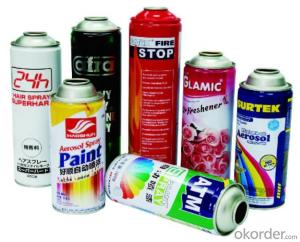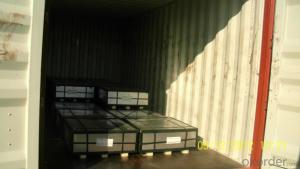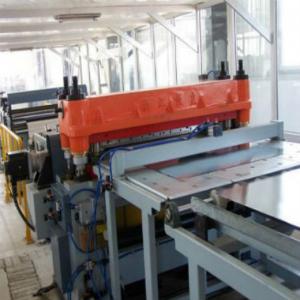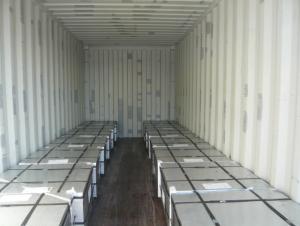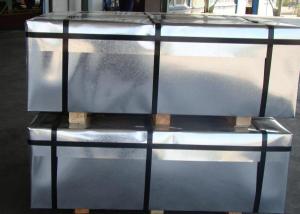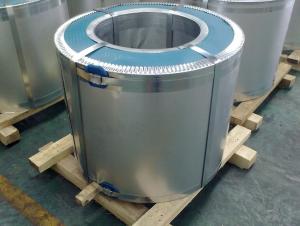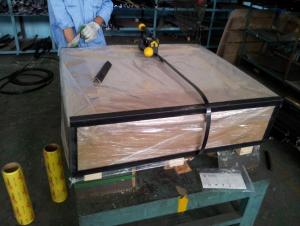Aerosol Spray Can, For Insecticide, High Quality
- Loading Port:
- China main port
- Payment Terms:
- TT OR LC
- Min Order Qty:
- 50000 pc
- Supply Capability:
- 100000000 pc/month
OKorder Service Pledge
OKorder Financial Service
You Might Also Like
1.Brief description
Content:
Size: 57X260mm
Printing: CMYK printing as Per Customer Design
2.Appearance Specifications
Diameter(mm) | Type | Straight(mm) |
45mm | Necked-in | 80-220 |
52mm | Necked-in | 80-300 |
52mm | Straight | 76-200 |
57mm | Necked-in | 90-240 |
60mm | Necked-in | 90-240 |
60mm | Straight | 80-300 |
65mm | Necked-in | 80-240 |
65mm | Straight | 80-240 |
3.Usage:
suitable for insecticide, air freshener, body spray, lighter refill, car care etc
4.Packing
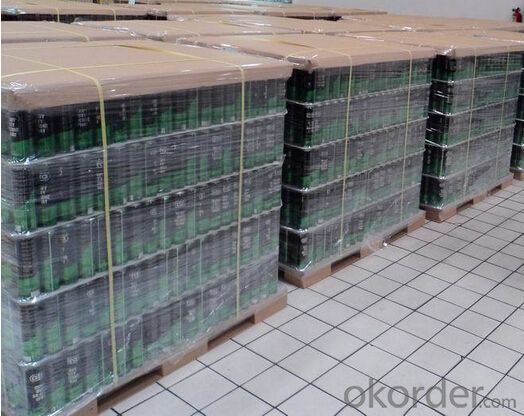
5.FAQ
1. Delivery Time:15-25 days, time can be shorten upon customer’s situation
2. Productivity:1,000,000 Cans/Day; 500,000 Printing Sheets/Day
3. MOQ:50,000pcs, but finally upon your size
4. Payment Term: 30% TT in advance, 70% balance against BL copy; 100% by LC at sight
- Q: How does tinplate contribute to the presentation of jewelry?
- Tinplate is often used in the packaging of jewelry, such as boxes or containers, which enhances the presentation and adds an element of luxury. Its glossy and reflective surface provides a visually appealing backdrop for showcasing the beauty and intricacy of the jewelry inside. Additionally, tinplate offers excellent protection against corrosion and moisture, ensuring the longevity and preservation of the jewelry.
- Q: What's the difference between iron, aluminium, stainless steel, galvanized iron and tin?
- Aluminum is a kind of material. It is not easy to be oxidized when it meets water. The price is moderateStainless steel is another kind of material. It is not easy to be oxidized when it meets water. The price is high
- Q: How does tinplate affect the overall barrier properties of packaging?
- Tinplate enhances the overall barrier properties of packaging by providing a protective layer that effectively prevents the transfer of oxygen, moisture, and light. This barrier helps to preserve the quality, freshness, and shelf life of the packaged product, ensuring its integrity and safety.
- Q: What are the main applications of tinplate in the photography industry?
- Tinplate is commonly used in the photography industry for the production of film canisters and film backing, which are essential components for storing and protecting photographic film. Tinplate's durability, lightness, and ability to provide airtight protection make it an ideal material for these applications. Additionally, tinplate can also be used for the production of photographic chemicals and toners, ensuring their safe and efficient storage.
- Q: How does tinplate contribute to the aesthetics of furniture?
- Tinplate contributes to the aesthetics of furniture by providing a sleek and shiny finish that adds a modern and sophisticated look. Its reflective surface enhances the overall visual appeal of furniture, giving it a sleek and contemporary appearance. Additionally, tinplate can be easily shaped and molded into various designs, allowing for intricate detailing and unique patterns, further enhancing the overall aesthetic appeal of furniture pieces.
- Q: How is tin coating applied to the steel substrate?
- Tin coating is typically applied to the steel substrate through a process called electroplating. In this method, the steel substrate is first cleaned and prepared to ensure proper adhesion of the tin coating. It is then immersed in an electrolyte bath containing tin salts, and an electrical current is applied. The current causes the tin ions to be reduced and deposited onto the steel surface, forming a thin layer of tin coating. This electroplating process helps to improve the corrosion resistance and appearance of the steel substrate.
- Q: What are the main innovations in tinplate production and use?
- One of the main innovations in tinplate production is the introduction of continuous annealing, a process that allows for a more efficient and consistent production of tin-coated steel sheets. This method not only reduces production time and energy consumption but also improves the quality of the final product by ensuring a more uniform coating. In terms of use, the development of tinplate packaging has been a significant innovation. Tinplate cans and containers have become widely used in the food and beverage industry due to their excellent preservation properties and ability to protect the contents from external factors such as light, moisture, and oxygen. Additionally, manufacturers have also started using tinplate in various other sectors like electronics, automotive, and construction due to its durability, corrosion resistance, and versatility. Overall, these advancements in production and use have greatly expanded the applications and benefits of tinplate.
- Q: What are the typical lead times for tinplate production?
- The typical lead times for tinplate production can vary depending on factors such as the quantity required, complexity of the design, and the manufacturer's production capacity. However, on average, lead times for tinplate production usually range from several weeks to a few months.
- Q: What is the global demand for tinplate?
- The global demand for tinplate is significant and continuously growing. Tinplate is widely used in various industries such as packaging, electronics, automotive, and construction. Its corrosion resistance, durability, and versatility make it a preferred choice for packaging materials, especially in the food and beverage sector. With the increasing population and urbanization, the demand for tinplate is expected to further rise in the coming years, driven by factors like increasing consumer goods consumption and technological advancements.
- Q: How does tinplate compare to aluminum packaging?
- Tinplate and aluminum packaging have their own distinct advantages and disadvantages. Tinplate is known for its superior strength and durability, making it ideal for preserving the contents of cans. It is also corrosion-resistant, providing a longer shelf life for canned products. On the other hand, aluminum packaging offers excellent lightweight properties, making it more convenient for transportation and reducing shipping costs. Additionally, aluminum is a better barrier to moisture, light, and oxygen, ensuring better product protection. Ultimately, the choice between tinplate and aluminum packaging depends on the specific needs and requirements of the product being packaged.
Send your message to us
Aerosol Spray Can, For Insecticide, High Quality
- Loading Port:
- China main port
- Payment Terms:
- TT OR LC
- Min Order Qty:
- 50000 pc
- Supply Capability:
- 100000000 pc/month
OKorder Service Pledge
OKorder Financial Service
Similar products
Hot products
Hot Searches
Related keywords
